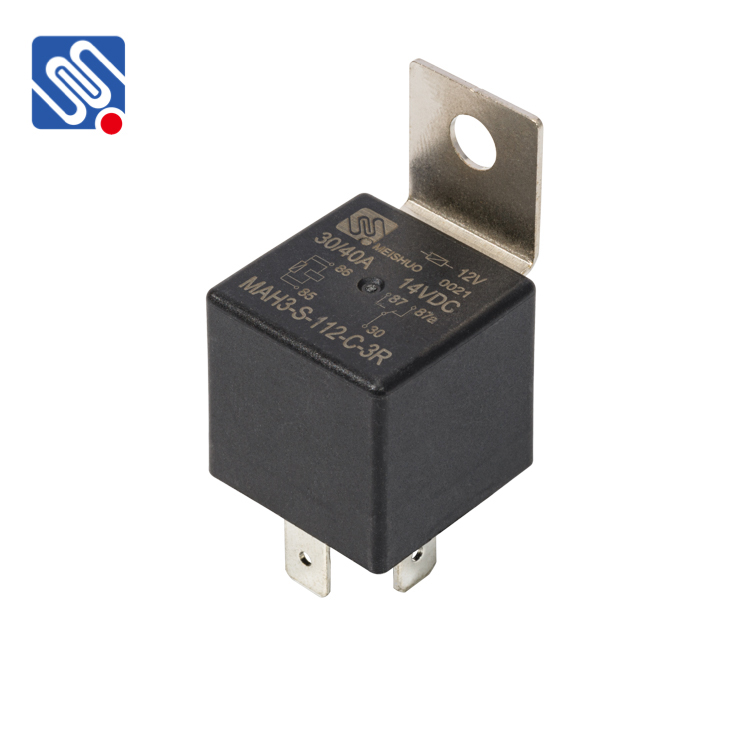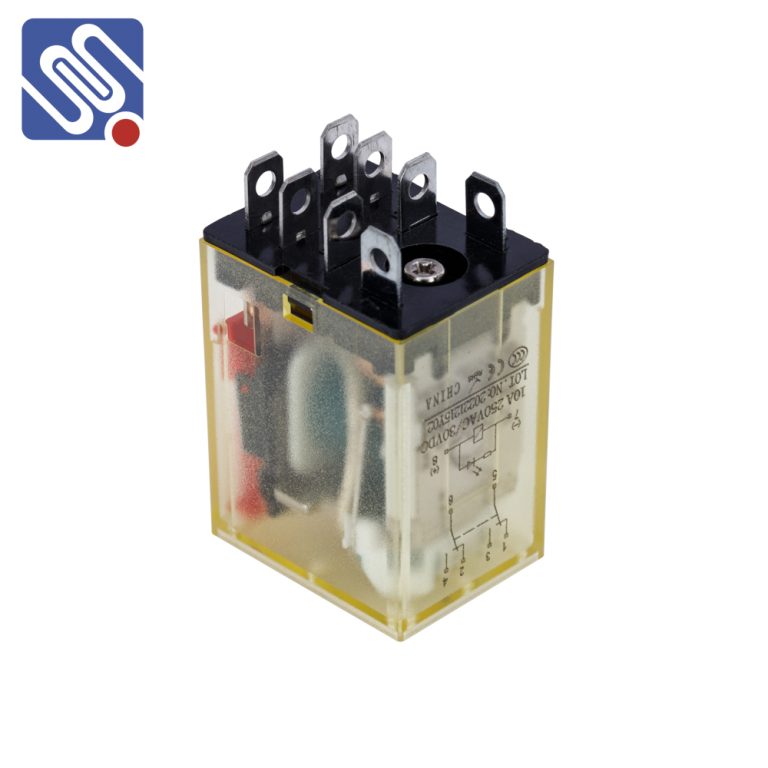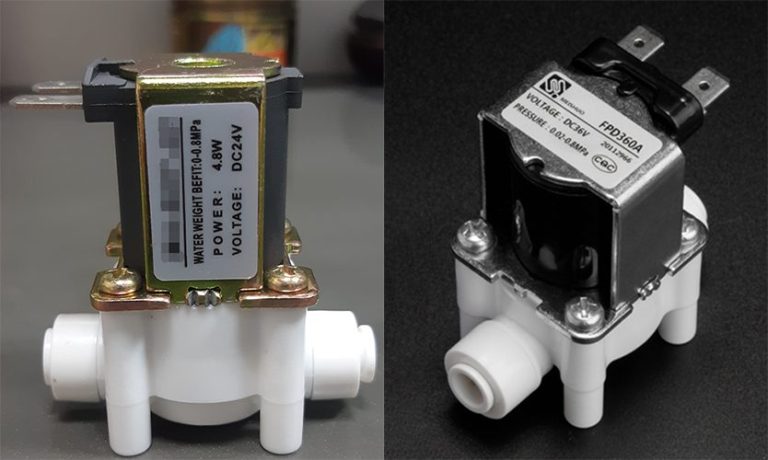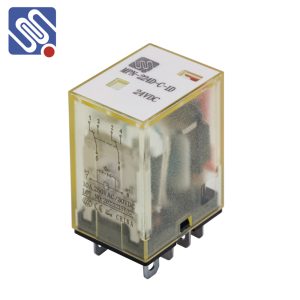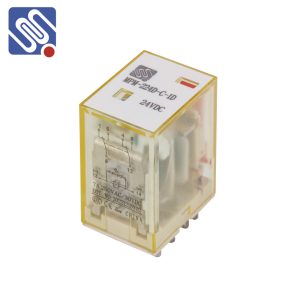In photovoltaic energy storage inverters, relays play a crucial role, primarily in electrical control, system protection, and ensuring the safety of equipment and personnel. Here are the specific functions of relays in photovoltaic energy storage inverters:
1.Current Control and Switching
Relays control the charging and discharging paths of the photovoltaic battery pack, managing the charging and discharging of the batteries. When the battery pack is fully charged, the relay disconnects the battery from the inverter to prevent overcharging. When energy is needed, the relay reconnects the battery to initiate the discharging process.
2.Overload Protection and Circuit Break
Relays cut off the circuit in the event of an overload in the system, preventing overheating and damage to the battery and inverter. If the current exceeds the safe threshold, the relay quickly disconnects the current flow, avoiding safety hazards such as fire and ensuring the safe operation of the system.
3.Fault Detection and Automatic Recovery
Relays can detect faults in the system (e.g., short circuits or poor connections) and automatically disconnect the faulty circuit, preventing the fault from spreading to other parts. This functionality helps improve the reliability and stability of the system.
4.Battery Management and System Integration
Relays play a key role in the Battery Management System (BMS), controlling the charging and discharging process of the batteries, monitoring battery status, and regulating battery operation modes. For example, relays can disconnect the battery from the inverter once charging is complete, preventing unnecessary energy waste or loss, and optimizing energy management.
5.Prevention of Reverse Current
Relays prevent reverse current from flowing into the battery pack. When the inverter stops working or encounters a fault, the relay disconnects the connection with the photovoltaic panels, protecting the battery pack from reverse current damage.
6.Remote Control and Automation Management
Modern photovoltaic energy storage systems often feature remote monitoring and control functions. Relays support this feature by controlling switching operations via communication signals, allowing remote initiation or stopping of charging processes, optimizing system performance, and enhancing user experience.
7.Safe Disconnection from the Grid
According to photovoltaic grid connection standards and regulations, photovoltaic inverters are required to install 1 to 2 sets of relays on the AC side. When the inverter fails or stops working, the relay must quickly disconnect the inverter from the grid. This is to prevent reverse current from flowing back into the grid, which could damage grid facilities and other equipment. It also helps prevent instability or dangerous situations in the grid when the inverter malfunctions.
Our product of ME101
High power PCB relays for solar power photovoltaic grid-connected inverters
 Features:
Small product size enables high capacity control of 90A 320VAC
Contact gap: >3mm
(Complies with European solar power generation standard “VDE0126”)
The holding voltage of the product can save energy for the equipment
Insulation class: F class
Product Usage:
Suitable for large and medium-sized rooftop/commercial photovoltaic systems with an altitude of up to 59.4KVA (three-phase 380V system, 380V line voltage) and an altitude below 8000 meters;
UPS (Uninterruptible Power Supply Unit)
Stationary EV Charger
APF (active filter, etc.)
Features:
Small product size enables high capacity control of 90A 320VAC
Contact gap: >3mm
(Complies with European solar power generation standard “VDE0126”)
The holding voltage of the product can save energy for the equipment
Insulation class: F class
Product Usage:
Suitable for large and medium-sized rooftop/commercial photovoltaic systems with an altitude of up to 59.4KVA (three-phase 380V system, 380V line voltage) and an altitude below 8000 meters;
UPS (Uninterruptible Power Supply Unit)
Stationary EV Charger
APF (active filter, etc.)
 Features:
Small product size enables high capacity control of 90A 320VAC
Contact gap: >3mm
(Complies with European solar power generation standard “VDE0126”)
The holding voltage of the product can save energy for the equipment
Insulation class: F class
Product Usage:
Suitable for large and medium-sized rooftop/commercial photovoltaic systems with an altitude of up to 59.4KVA (three-phase 380V system, 380V line voltage) and an altitude below 8000 meters;
UPS (Uninterruptible Power Supply Unit)
Stationary EV Charger
APF (active filter, etc.)
Features:
Small product size enables high capacity control of 90A 320VAC
Contact gap: >3mm
(Complies with European solar power generation standard “VDE0126”)
The holding voltage of the product can save energy for the equipment
Insulation class: F class
Product Usage:
Suitable for large and medium-sized rooftop/commercial photovoltaic systems with an altitude of up to 59.4KVA (three-phase 380V system, 380V line voltage) and an altitude below 8000 meters;
UPS (Uninterruptible Power Supply Unit)
Stationary EV Charger
APF (active filter, etc.) 



